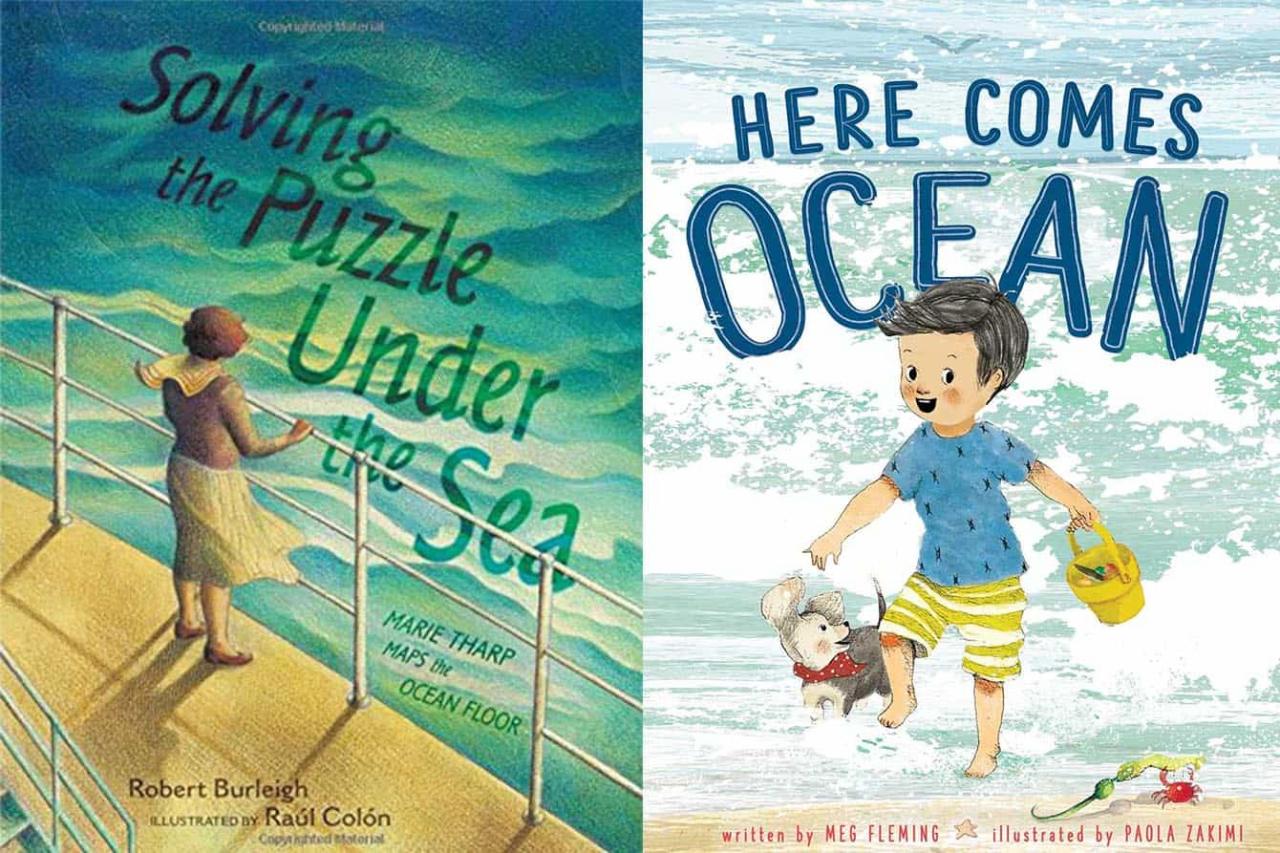Prepare to set sail into an oceans of books, where stories, ideas, and worlds collide in a vast and ever-evolving literary landscape. From classic tales to contemporary masterpieces, this literary sea holds treasures waiting to be discovered.
Genres, styles, and time periods converge to create a tapestry of literary expression. Iconic works and renowned authors have left their indelible mark, shaping the very essence of what it means to read.
An Ocean of Books: Delving into the Vast Literary Landscape
Literature, like an boundless ocean, encompasses a vast array of genres, styles, and time periods. From the ancient epics of Homer to the contemporary masterpieces of Toni Morrison, the literary sea teems with diverse works that have shaped our understanding of the human condition.
This literary landscape is a tapestry woven with the threads of countless authors, each contributing their unique voice and perspective. From the introspective musings of Shakespeare to the satirical wit of Jane Austen, the literary ocean is a testament to the power of words to entertain, provoke, and inspire.
Exploring the Depths of Literary Themes
Beneath the surface of every literary work lies a treasure trove of themes that resonate with the human experience. These themes, like undercurrents, connect different works and provide insight into the complexities of our existence.
Love, loss, identity, and social justice are just a few of the profound themes that permeate literature. Through the exploration of these themes, authors offer us a mirror to our own lives, helping us to understand our emotions, motivations, and place in the world.
Navigating the Currents of Literary Techniques
Authors employ a vast array of literary devices and techniques to convey meaning and evoke emotions. These techniques, like buoys in the literary sea, guide us through the depths of the text.
Metaphors, similes, symbolism, and other techniques are used to create vivid imagery, establish connections, and reveal hidden meanings. By mastering these techniques, authors craft literary works that resonate with our senses, intellect, and emotions.
Unveiling the Shores of Characterization
At the heart of every literary work lies the characters who drive the narrative and embody the themes. Characterization, like a lighthouse in the literary landscape, illuminates the complexities of human nature.
Through dialogue, actions, and inner thoughts, authors develop characters that are both relatable and memorable. These characters become our companions on the literary journey, guiding us through the challenges and triumphs of the human experience.
Charting the Course of Literary History, An oceans of books
Literature, like a river, has flowed through the ages, evolving and adapting to the changing currents of history. A timeline or chart of literary history, like a map of the literary sea, provides a roadmap to the major movements, periods, and authors that have shaped the literary landscape.
From the ancient epics of Greece to the modern experimental novels of the 20th century, literary history is a testament to the enduring power of the written word to reflect and shape human experience.
Ultimate Conclusion: An Oceans Of Books

As we reach the shores of our literary journey, we’ve explored the depths of literary themes, navigated the currents of literary techniques, and charted the course of literary history. The oceans of books remain a boundless source of inspiration, knowledge, and wonder, inviting us to continue our exploration and lose ourselves in the written word.
Popular Questions
What is the significance of an oceans of books?
An oceans of books represents the vast and diverse world of literature, encompassing countless genres, styles, and time periods, offering endless possibilities for exploration and discovery.
How do literary themes connect different works?
Literary themes are universal concepts and ideas that transcend individual works and provide a common ground for understanding human experiences. They create connections between stories, allowing readers to see the broader tapestry of human existence.
What is the role of literary techniques in enhancing a story?
Literary techniques, such as metaphors, similes, and symbolism, are tools used by authors to convey meaning, evoke emotions, and create a vivid and immersive reading experience. They add depth, richness, and nuance to the narrative.